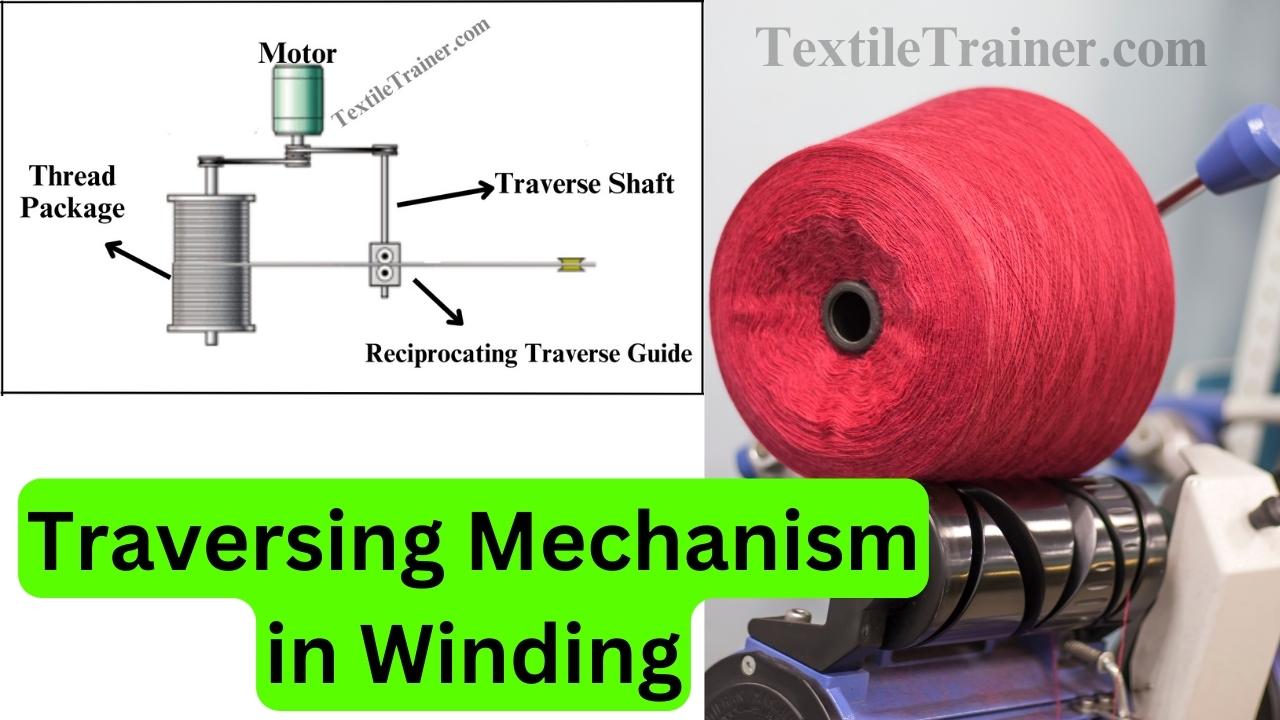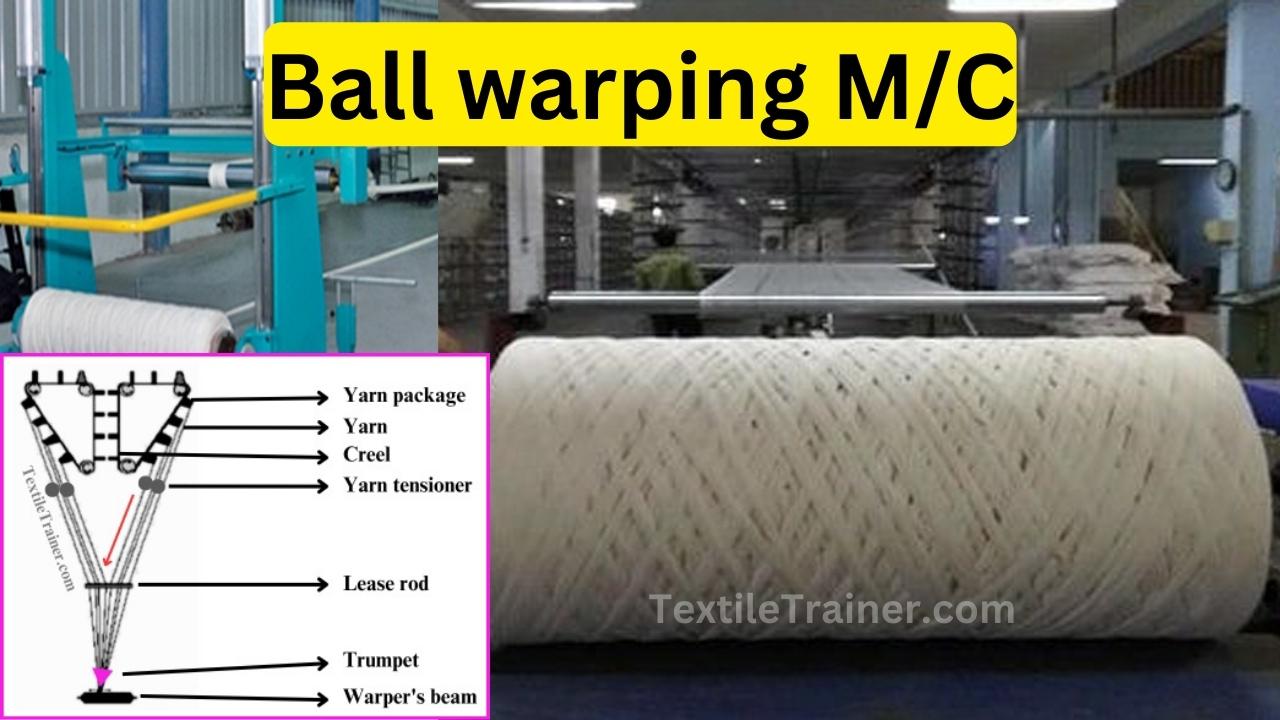Most Popular 2 Techniques of Drying in Sizing Process
In the weaving industry, sizing plays a crucial role in enhancing the performance and appearance of fabrics. Prior to weaving into cloth, warp yarns are size-treated with an adhesive substance known as size. A warp sheet should be dried after it is removed from its size box. There are different techniques of drying that are used for drying in sizing. Through the use of this sizing material, the yarns are strengthened and breakage is reduced during the weaving process, resulting in better efficiency and quality.
As part of the sizing process, drying is one of the most widely used steps. It is imperative that excess moisture is removed efficiently from the warp yarns in order to achieve optimal adhesion and uniformity. In the weaving section, two common drying methods are cylinder drying and hot air drying. Each method offers its own advantages and is selected according to fabric characteristics and specific needs.
Types of Techniques of Drying in Sizing Process:
There are most popularly two types of drying techniques used in the sizing process. These two types are:
- Cylinder drying.
- Two cylinder machine.
- Multi cylinder machine.
- Hot air drying.
- Ruti hot air dryer.
- Hibbert hot air dryer.
1. Cylinder Drying:
The drying process here takes place by passing over the hot cylinders. This type of drying system can be classified into two categories. One of them is the two-cylinder drying system, and the other is the multiple-cylinder system.

Two Cylinder Machine:
In this drying process, two copper cylinders are used in which one has a large diameter & the other one is comparatively smaller. Initially, the warp sheet is passed under the small cylinder and then over the larger one. When the yarn is traveling along the circumference of the cylinder, it is dried.
Multi Cylinder Machine:
A common method of drying in the industry is this one. A total of 5-13 drying cylinders are used in this case. The cylinders are much smaller compared to those used in conventional twin-cylinder machines. There are some cases in which dyeing and sizing occur simultaneously, such as dyeing-sizing for denim, where the number of drying cylinders can reach 32. The cylinder diameter is about 762 mm and the steam pressure varies between places. In some places, the stem pressure ranges between 2-2.5 kg/cm2, while in other places it can be as high as 5-7 kg/cm2.
Mechanism of Cylinder Drying:
In figure, we see a schematic illustration of the drying process of yarn on a cylinder. The sized yarn enters the drying chamber in a wet and cool state. It then contacts the steam heated cylinder. As a result of air in steam, heat transmission is greatly reduced. The Prepare steam just inside the cylinder surface cools and condenses, thereby delaying further heating of the surface. By heating the lower face of the yarn, the outer surface of the cylinder evaporates water, forming a thin layer of water vapour between the cylinder and the yarn.
Furthermore, when water evaporates from the upper surface of yarn (not in contact with the cylinder surface), a thin layer of water vapour is formed above it. Both layers of water vapour (below the lower face of the yarn and above the upper face of the yarn) prevent further evaporation of moisture from the yarn. Therefore, it becomes necessary to remove the condensed water and air by means of steam traps and air vents, which in modern machines are done in a simple manner while the machine is running.
It is possible to minimize the thickness of the layer of water vapour between the surface of the cylinder and the yarn by increasing the tension of the yarn, and this facilitates a better transfer of heat between the two.

Advantage of Cylinder Drying:
- The process is carried out at a high speed.
- A uniform drying process.
- It is non-sticky, so the drying process is smooth.
- The drying efficiency is very high.
- There is less time required to complete the drying of yarn
Disadvantage of Cylinder Drying:
- In the case of a high viscosity, it may be difficult to stick properly.
- The hairiness of the yarn is an important factor when it comes to friction.
- There is an effect of shinning.
- There could be a problem with the yarn shape.
- There is a possibility that the yarn may flatten out.
2. Hot Air Drying:
It was introduced to overcome the drawbacks of the two-cylinder drying system by using hot air drying. This method was used before the advent of multi-cylinder drying. The warp sheet is placed inside a chamber where hot air is circulated, which evaporates the moisture in the warp sheet. During the drying process, the hot air not only removes moisture from the yarn, but also carries away the water vapours formed.
It was introduced to overcome the drawbacks of the two-cylinder drying system by using hot air drying. This method was used before the advent of multi-cylinder drying. The warp sheet is placed inside a chamber where hot air is circulated, which evaporates the moisture in the warp sheet. During the drying process, the hot air not only removes moisture from the yarn, but also carries away the water vapours formed.
In this article, two of the most important types of hot air drying systems are discussed in detail.
Ruti Hot Air Dryer:
With this type of drying system, the warp sheet is placed inside a hot air chamber and moves around guide rollers. The hot air comes from both sides at the lower part of the chamber and is evenly distributed by baffles. The filtered air is sent to the upper part of the air chamber via suction fans, and then made to go out. The drying chamber also contains cool air from outside, preventing yarn from over drying at crawl speed. Figure shows the dryer in section.

Hibbert Hot Air Dryer:
In the drying chamber, warp yarns follow a nearly horizontal path from the size box to the back portion of the drying chamber and then to the front portion. From below, hot, humid air enters the dryer’s front portion. It then enters its back portion, where the yarn enters. After leaving the drying chamber’s front section, the warp sheet passes through moist, cold air entering from the outside. Accordingly, the warp sheet going out of the drying chamber contains the required amount of moisture and is thus cooled. The schematic sketch of the dryer is shown in figure.

Advantage of Hot Air Drying:
- Ensure that the drying process is regular.
- There is no shine effect.
- The product does not stick to the surface.
- Drying at a high speed.
Disadvantage of Hot Air Drying:
- It is a costly process.
- Closed chambers require more time than open chambers.
- It is less suitable for use with fine yarns.
- The temperature is difficult to maintain at a constant level.
You May Read:
- Definitions of sizing, objectives and impact on warp yarn.
- Why sizing is called heart of weaving.
- Primary and Secondary Size Ingredients.
- Characteristics of Good Size Ingredients.
- Types and Techniques of sizing.
- Working Principle of Slasher Sizing Machine.
- Size Cooking Equipment.
- Drying Methods in Sizing Process.
- Modern Control System of Sizing Machine.
- Popular 4 Concept of Single Yarn Sizing Process in the World
Reference:
- Adanur, S. (2001). Handbook of weaving. Boca Raton: CRC press.
- Gokarneshan, D. N. (2009). Weaving Preparation Technology. Delhi: Abhishek Publicaions.
- Rahman, M. M. (2008). Fabric Manufacturing Technology. Dhaka: Books Fair Publications.
- V. Gordeev, P. V. (1982). Cotton Weaving. Russia: Mir Publishers Moscow.



